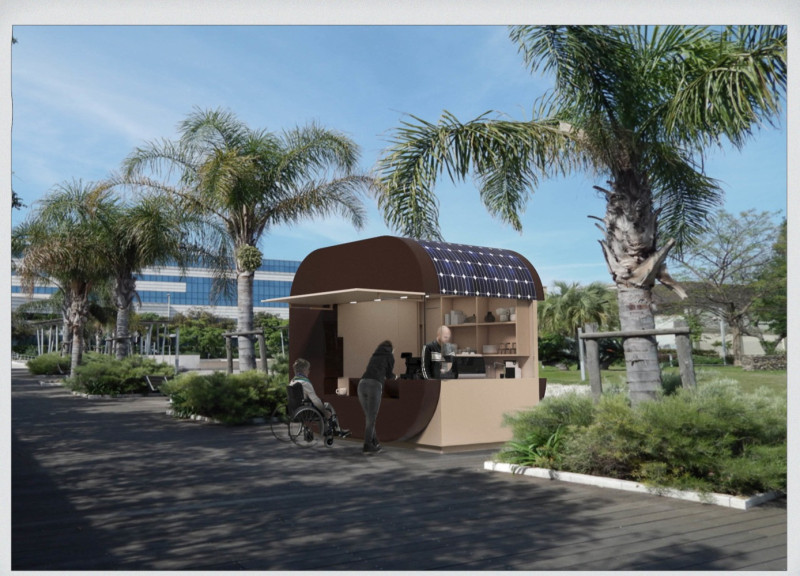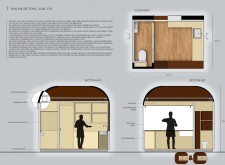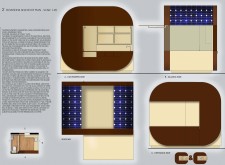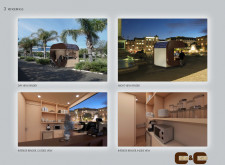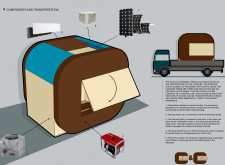5 key facts about this project
The primary concept driving the architecture is that of connectivity, both physically and emotionally. The layout encourages flow and accessibility, allowing individuals to navigate the space intuitively. It embodies the idea of transparency, with large windows and open spaces that invite natural light, while also providing views of the surrounding landscape. This openness not only enhances the aesthetic appeal but also promotes a sense of belonging and comfort for users.
Materiality plays a significant role in the overall expression of the design. A combination of sustainable materials, such as reclaimed wood, polished concrete, and steel, highlights the project's commitment to environmental responsibility. The use of these materials not only reflects a modern sensibility but also creates a warm and inviting atmosphere that contrasts with the starkness of more industrial materials. The exterior façade cleverly balances these materials to create visual interest and textural diversity, while ensuring durability and ease of maintenance.
Notable features of the design include a series of outdoor terraces and green roofs that seamlessly integrate nature into the built environment. These elements provide opportunities for social interaction and relaxation. The terraces are designed as extensions of the interior spaces, enabling users to enjoy the fresh air while maintaining a connection to the indoor activities. The choice of landscaping further complements the architecture, incorporating native plants that enhance biodiversity and reduce the ecological footprint of the project.
Inside, the layout is optimized for versatility. Flexible spaces are strategically positioned to accommodate various events, from exhibitions to private functions. Movable partitions allow for the reconfiguration of rooms, ensuring that the facility can adapt to the diverse needs of its users. The interior design prioritizes functionality while remaining aesthetically pleasing, with carefully selected furnishings that enhance comfort and usability.
Unique design approaches are reflected in the use of passive heating and cooling strategies, minimizing reliance on mechanical systems. This includes strategic placement of windows and thermal mass materials to regulate temperature naturally. Such techniques not only contribute to energy efficiency but also align with modern architectural trends that emphasize sustainability.
The project’s geographic location informs many of its architectural decisions. By anchoring the design within its context, the architecture pays homage to local traditions while also integrating modern elements. This respectful dialogue between new and old is a hallmark of the project, allowing it to resonate deeply with the community it serves.
In summary, this architectural project stands as a testament to thoughtful design, effectively intertwining functionality, aesthetic appeal, and environmental consciousness. Potential readers are encouraged to delve deeper into the project's presentation by exploring architectural plans, sections, designs, and ideas that reflect the comprehensive approach taken throughout the development process. Engaging with these elements will provide richer insights into the architectural narrative and vision behind this remarkable endeavor.


